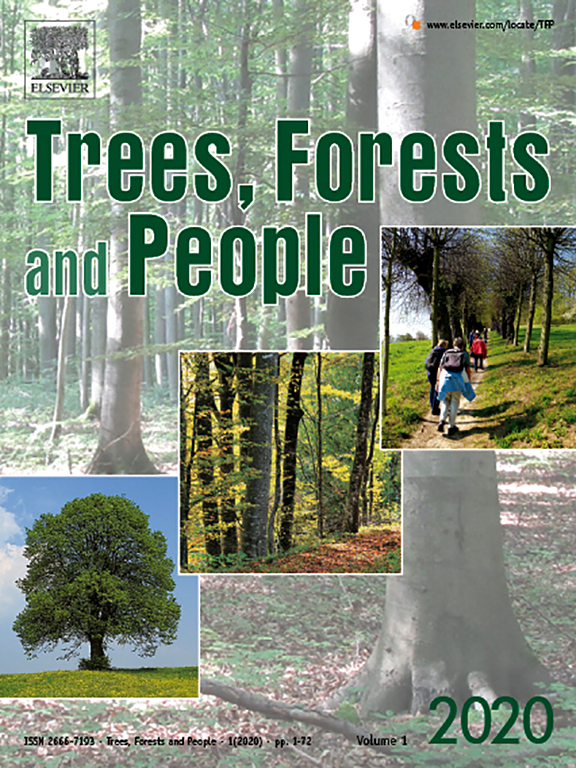Macaw palm is regarded as one of the most promising alternative raw materials for the production of oil for biofuels and other uses. The potential yield up to 6000. kg of oil per hectare, and the quality of the oil, makes it a suitable feedstock for biofuel production, whether for biodiesel or bio-kerosene. The diversification of oilseed crops consists in a goal not only for Brazil, but for many Latin American countries. While the palm oil is an important component of the food industry, it is not expected a significant destination of macaw palm oil for this purpose. Hence, its deployment for energy production would not compete directly with food production. Additionally, in comparison with oil palm, macaw palm has the advantage of a broader geographical distribution, being suitable for cultivation in different regions. However, in order to exploit this potential, a few short and long-term challenges must be overcome. In the short term, productivity gains are possible through improvements on fruit processing, which positively reflect on the quantity and quality of the oil extracted both from the pulp and the kernel. Moreover, properly characterization and study of all co-products in the chain is required, aiming at add value to the fractions and increase the efficiency of the process. Medium to long-term approaches include the development of new varieties of the palm need through a broad genomic selection for different regions, as a component of the domestication process. In a scenario of cultivation, the adoption of agroforestry systems should be studied and encouraged, though both food and energy can be produced at the same area, in a more sustainable way. Long term studies are also required to assess socio-economic and environmental impacts of different exploitation systems of macaw palm, whether through extractive activities or cultivation. © 2017 Elsevier B.V.
DOI:
https://doi.org/10.1016/j.indcrop.2017.04.023
Dimensions Nombre de citations:

















